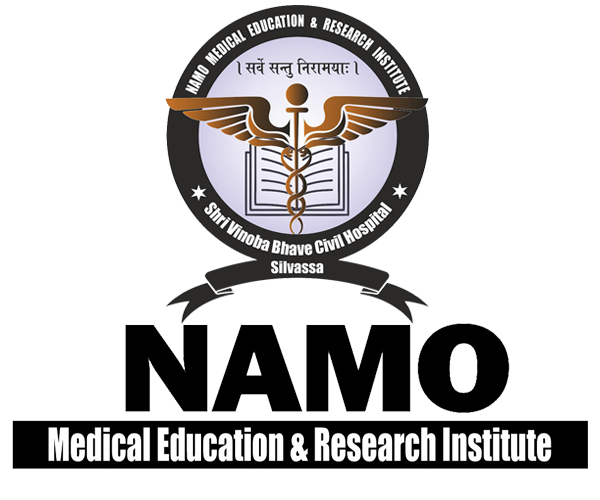Department Details

Vision
At the end of the course, the student should be able to:
-
Describe the normal growth and development during fetal life, neonatal period, childhood and adolescence and outline deviations thereof.
-
Describe the common paediatric disorders and emergencies in terms of epidemiology, etiopathogenesis, clinical manifestations, diagnosis, rational therapy and rehabilitation.
-
State age related requirements of calories, nutrients, fluids, drugs etc. in health and disease.
-
Describe preventive strategies for common infectious disorders, malnutrition, genetic and metabolic disorders, poisonings, accidents and child abuse.
-
Outline national programmes relating to child health including immunisation programmes.
Misson
At the end of the course, the student should be able to:
Take a detailed paediatric history, conduct an appropriate physical examination of children including neonates, make clinical diagnosis, conduct common bedside investigative procedures, interpret common laboratory investigation results and plan and institute therapy.
ake anthropometric measurements, resuscitate new born infants at birth, prepare oral rehydration solution, perform tuberculin test, administer vaccines available under current national programs, perform venesection, start an intravenous saline and provide nasogastric feeding.
Conduct diagnostic procedures such as lumbar puncture, liver and kidney biopsy, bone marrow aspiration, pleural tap and ascitic tap.
Distinguish between normal new born babies and those requiring special care and institute early care to all new born babies including care of preterm and low birth weight babies, provide correct guidance and counselling in breast feeding.
Provide ambulatory care to all sick children, identify indications for specialized/inpatient care and ensure timely referral of those who require hospitalization.
Our Doctors
DR.Dhodi Priyanishaben Kamleshbhai
Assistant Professor
DOJ: 17.08.2022
Email Id : priyanishadhodi@gmail.com



